This unique Fujifilm GFX100RF feature is changing the way I see photos, and I wish my camera had it
New perspectives, when it counts
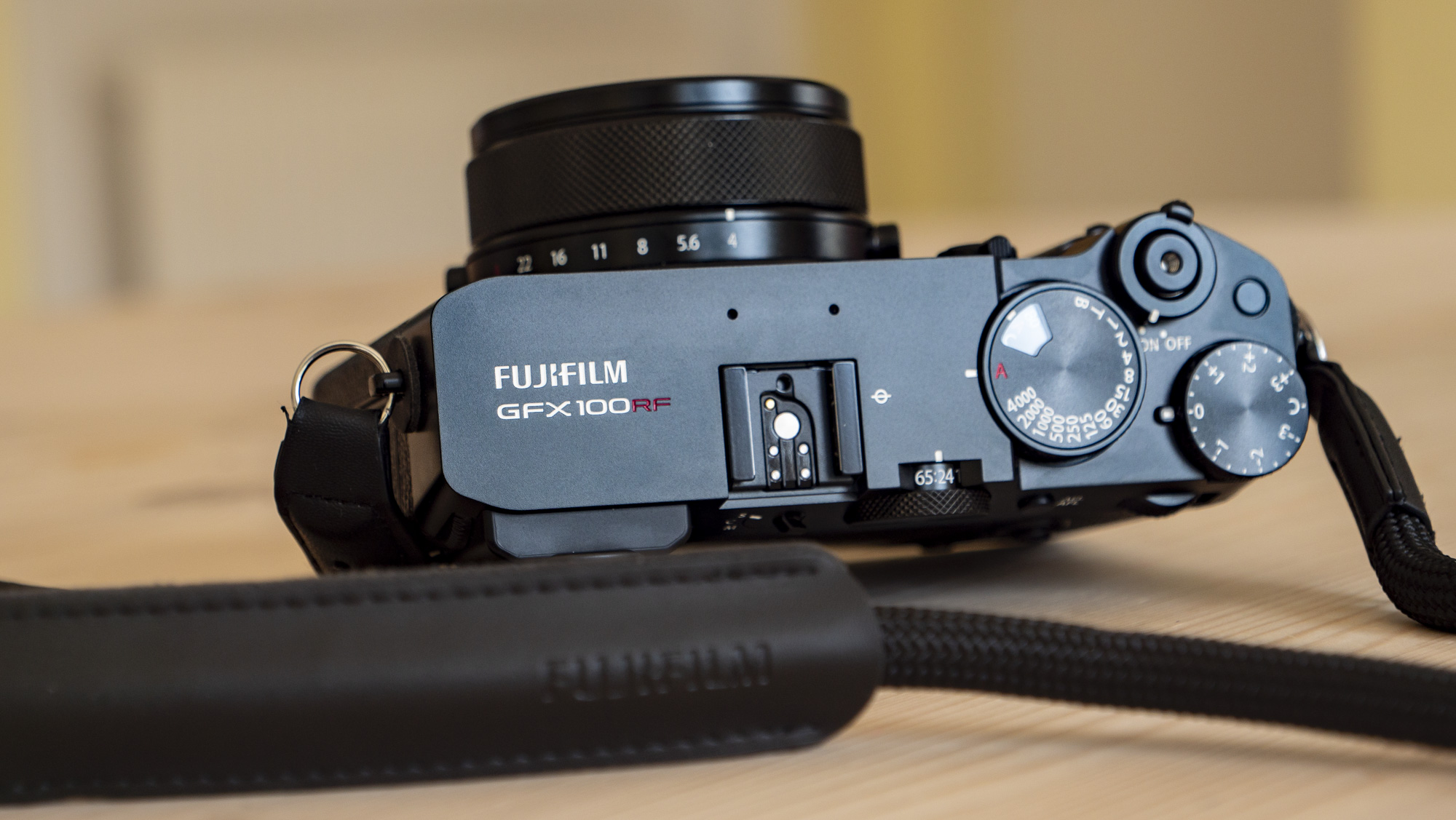
Fujifilm's GFX100RF is a lot of camera.
It's the first-ever GFX 'compact', and it features a 102MP medium-format sensor and 35mm f/4 built-in lens (a 28mm equivalent), squeezed into an impossibly-small Fujifilm X100 VI rangefinder-style body.
It's a stunning and pricey package, ideal for everyday reportage photography. Yet for all its power and quality, there's a curious new feature for a Fujifilm camera thrown into the mix, and it's had a mixed reception.
That new feature is an aspect ratio dial.
At first, the dial seems like an extravagance. To some, even a bizarre inclusion on the GFX100RF's divine top plate (which is made from a single 500g ingot of aluminum, just saying).
Well, I'm here to tell you that during my in-depth GFX100RF testing (review coming soon; check out my GFX100RF first impressions in the meantime), the dial has increasingly made sense to me.
What's more, the aspect ratio dial is changing the way that I make photos. It could just be a stroke of genius on Fujifilm's part. Indulge me as I unpack why.
Get daily insight, inspiration and deals in your inbox
Sign up for breaking news, reviews, opinion, top tech deals, and more.
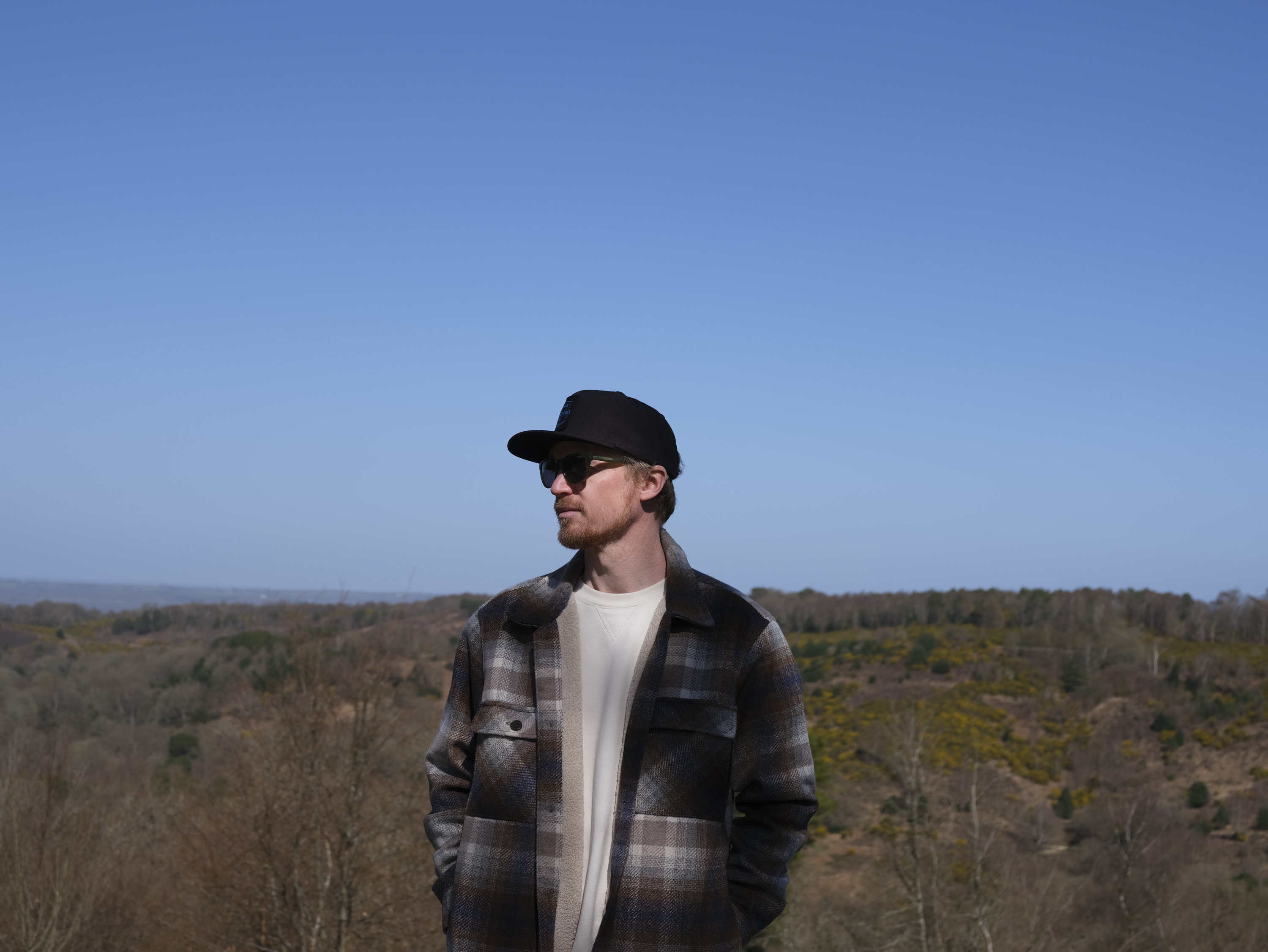
New perspectives, right when it counts
Let's get the obvious point out of the way first. Yes, you can easily change the aspect ratio of an image in editing software. So why not just make full use of the image area, every single pixel (most commonly a 3:2 aspect, but for the GFX100RF, it's 4:3,) and then crop out what you don't need afterward, once you've decided on the look you want?
That works too and might be the best workflow for you. However, making your aspect ratio choice, at the point of composing an image, changes the way you look at the world around you.
With practice, you start seeing in various ratios. You angle the camera in new ways. You piece together the building blocks of what's around you and how the land interplays with your subjects, and you frame those elements in your mind's eye.
Making your aspect ratio choice, at the point of composing an image, changes the way you look at the world around you.
I found myself getting hooked on the 65:24 panoramic aspect ratio, knowing that there are dedicated 65:24 panoramic film cameras with cult status that I've never used before, such as the Fuji GX617 and Hasselblad XPAN. Yet here I am, easily able to dial the ratio in using the GFX100RF and compose my shot with it.
With multiple aspect ratios at my fingertips, it felt like I was gaining a better understanding of how to frame a scene. This'll work in 3:4, with the tree centrally placed. That'll look great in 65:24 with my tightly cropped subjects placed at thirds. Those were the kinds of ideas running through my mind.
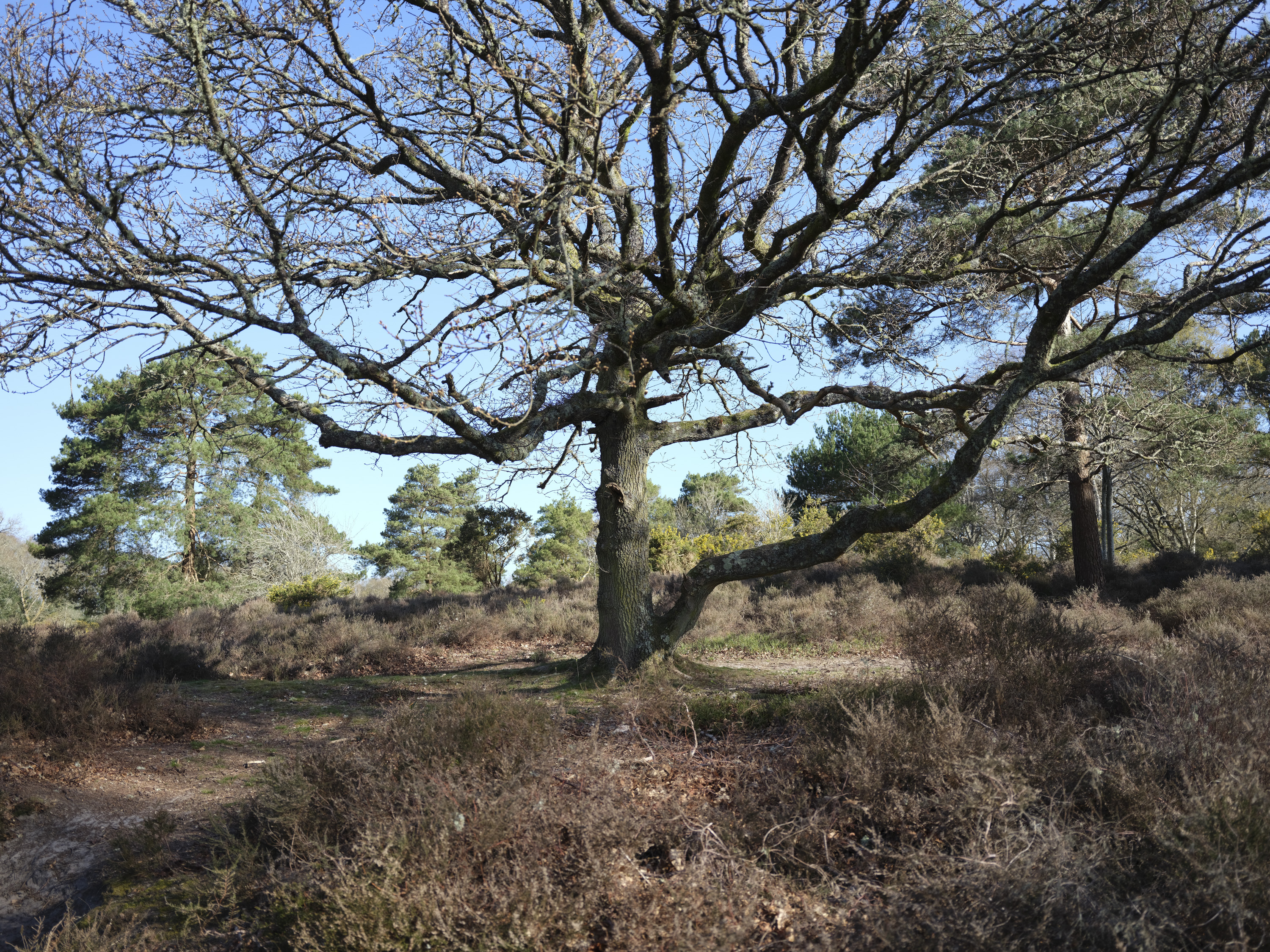
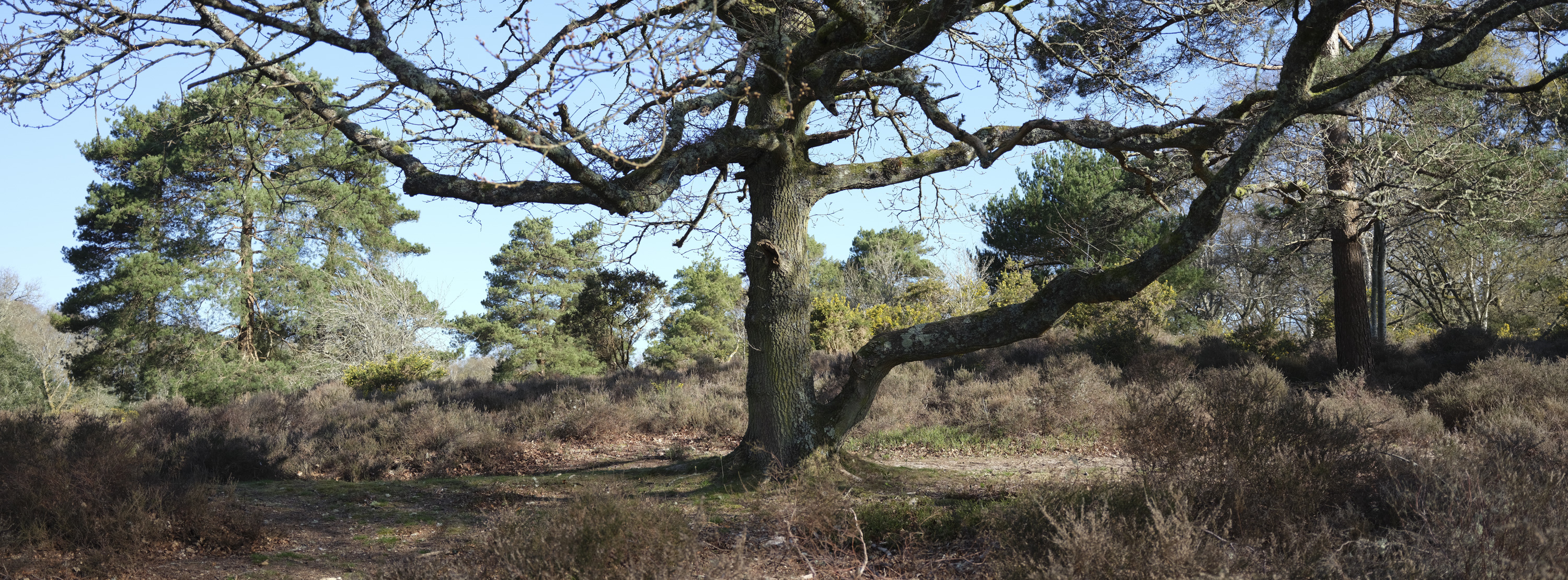
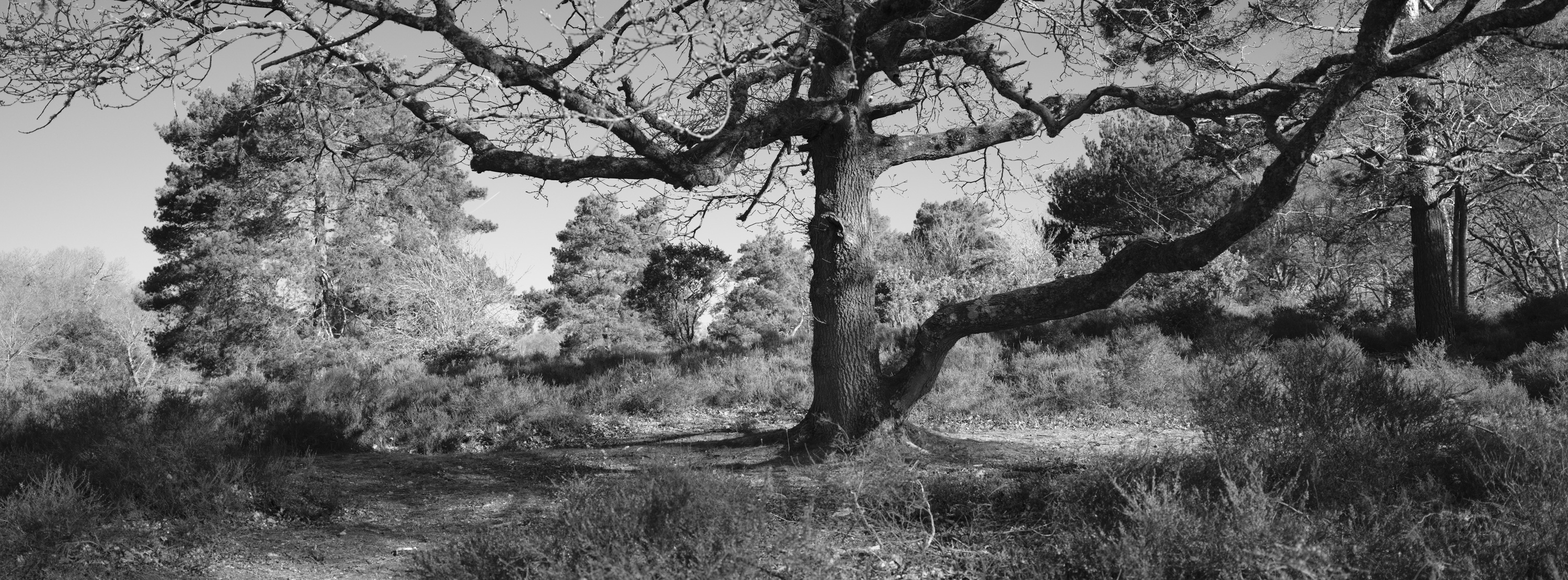
The ideal camera for new perspectives
A key reason the aspect ratio feature works so well in the GFX100RF is that its lens has a wide-angle perspective (28mm effective), plus there are lots of pixels to play with from the squarer-than-most 4:3 aspect ratio 102MP sensor.
Even though you lose a lot of pixels in selecting the 65:24 option rather than the full 4:3, the files are still a whopping 50.1MP (that 11,648 x 4,304 pixels) – effectively half the resolution.
Turning the dial from the full 4:3 resolution reveals 3:2, 16:9, 65:24, 17:6, 3:4, 1:1, 7:6, and 5:4 options – some of which mimic famous film formats – as well as a custom one if you'd rather quickly scroll through the options using another front dial.
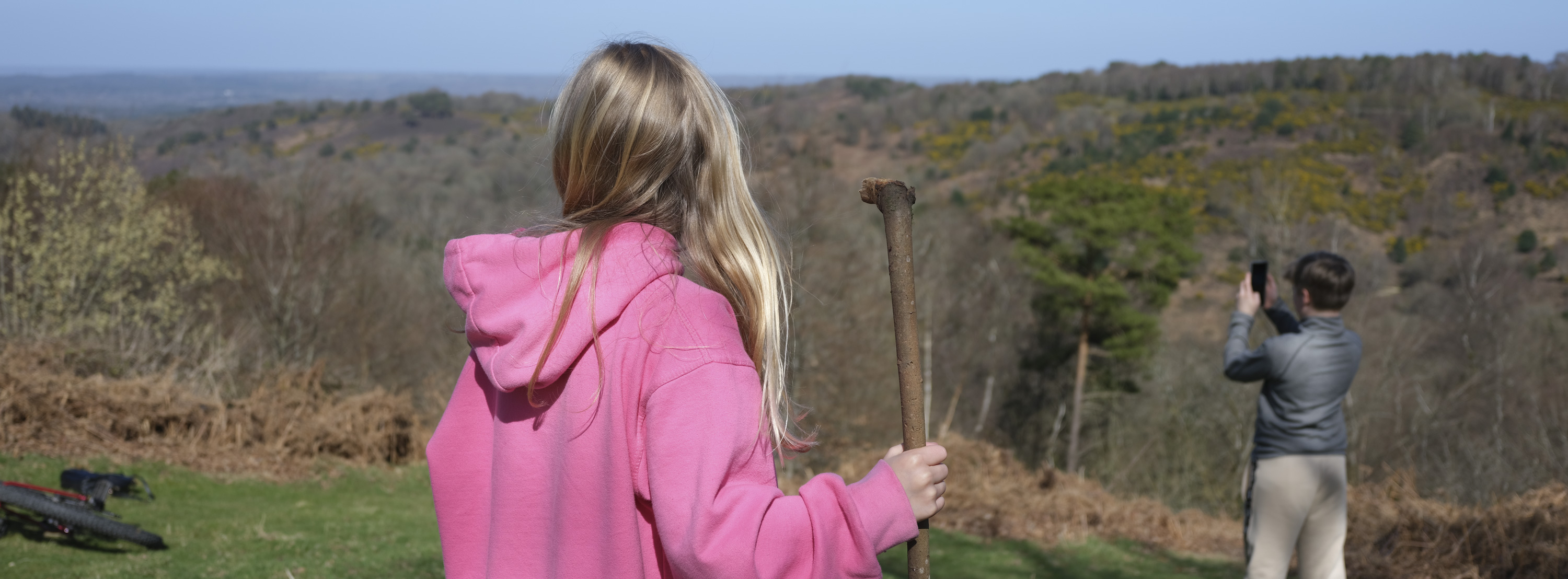
These ratios are neatly complemented by a digital teleconverter, which crops into the image area to recreate 45mm, 63mm, and 80mm focal lengths through another dedicated switch on the camera's front. Those options are 36mm, 50 mm, and 64mm full-frame equivalents.
The most extreme 80mm crop, combined with 65:24 aspect ratio, creates 9.7MP images – that's still entirely usable. And so, despite its fixed lens (with it's modest maximum f/4 aperture – I'll unpack that in my in-depth review), this is such a versatile camera.
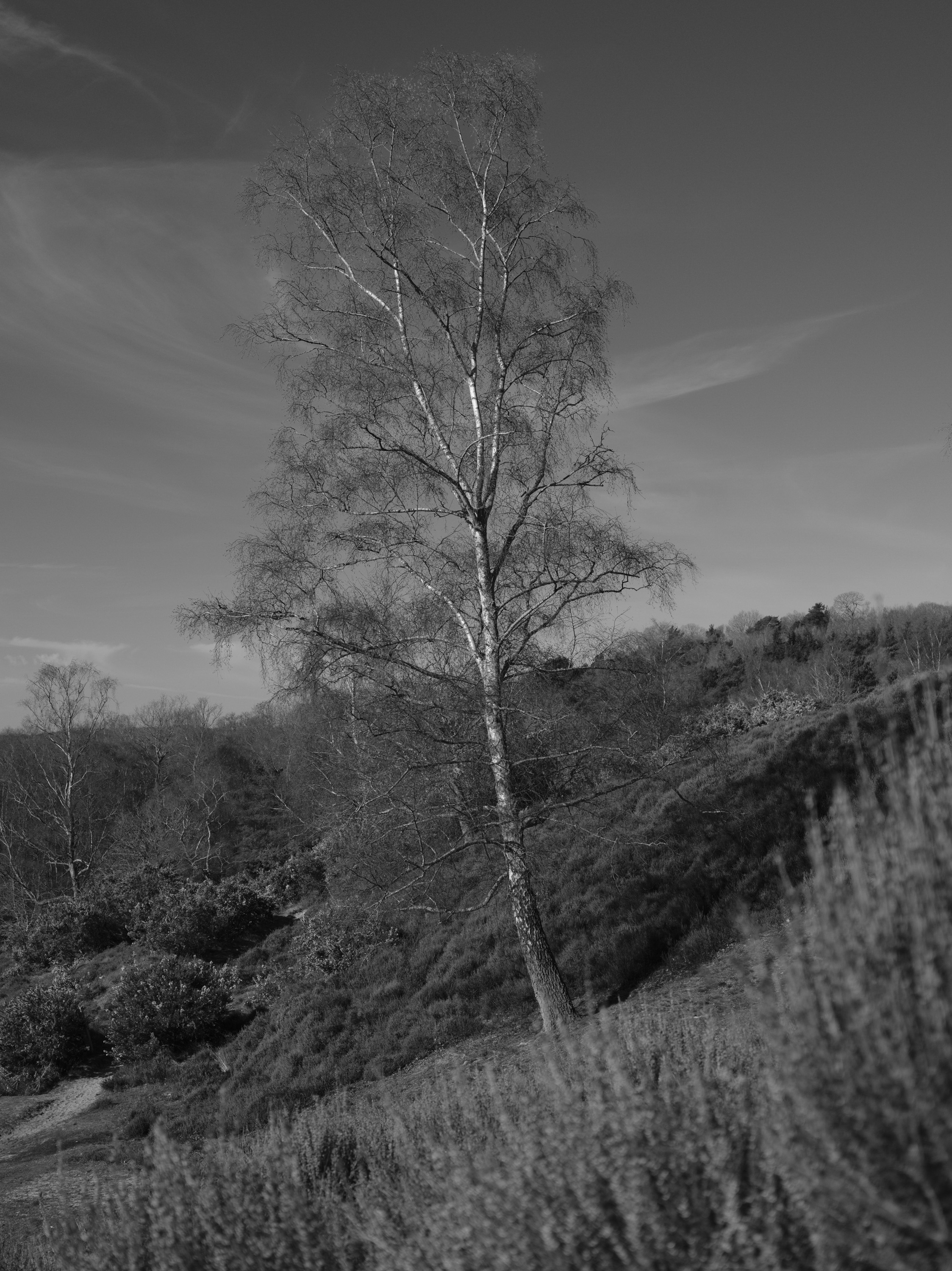
Aspect ratio is also stunningly implemented in terms of the user experience. A switch on the camera's front can scroll through various display options for the EVF and rear touchscreen.
Display options for the aspect ratio feature (and digital teleconverter) include the following; a frame line of your chosen ratio and crop over the full 4:3 image area; the cropped out area greyed out but still visible; the cropped out area black – meaning all you see is the image area of your chosen aspect ratio.
The aspect ratio control isn't entirely unique, even though its implementation here is. The Lumix LX100 II compact springs to mind – it has an aspect ratio switch on its lens (with fewer choices).
Most mirrorless cameras have the option to change aspect ratio through a menu, too, some of which might enable you to set a customizable function button as direct access for this setting.
But an aspect ratio dial right where you thumb rests, in a camera with a 102MP sensor, together with digital teleconverter options and handy visual guides? Now we're talking.
It might seem like a little feature, but the GFX100RF's aspect ratio dial has given me a new approach to image making – and it's a control I'd love to see at my fingertips of my own camera.
You might also like
- I tried Fujifilm’s new medium-format GFX100RF, and it could just be the most desirable compact camera ever
- The Fujifilm X100VI effect – how it's sparked a compact camera price boom and what I'd buy instead
- I didn’t think it was possible to get this excited by a camera’s body cap, but the Sigma BF’s is beautiful
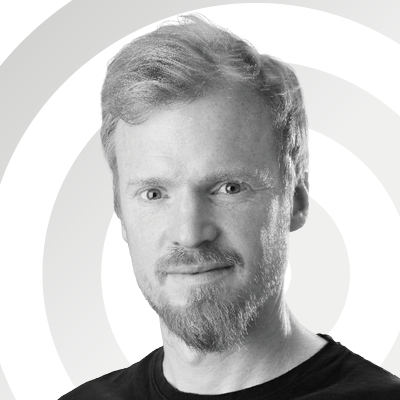
Tim is the Cameras editor at TechRadar. He has enjoyed more than 15 years in the photo video industry with most of those in the world of tech journalism. During his time as Deputy Technical Editor with Amateur Photographer, as a freelancer and consequently editor at Tech Radar, Tim has developed a deeply technical knowledge and practical experience with cameras, educating others through news, reviews and features. He’s also worked in video production for Studio 44 with clients including Canon, and volunteers his spare time to consult a non-profit, diverse stories team based in Nairobi. Tim is curious, a keen creative, avid footballer and runner, and moderate flat white drinker who has lived in Kenya and believes we have much to enjoy and learn from each other.
You must confirm your public display name before commenting
Please logout and then login again, you will then be prompted to enter your display name.